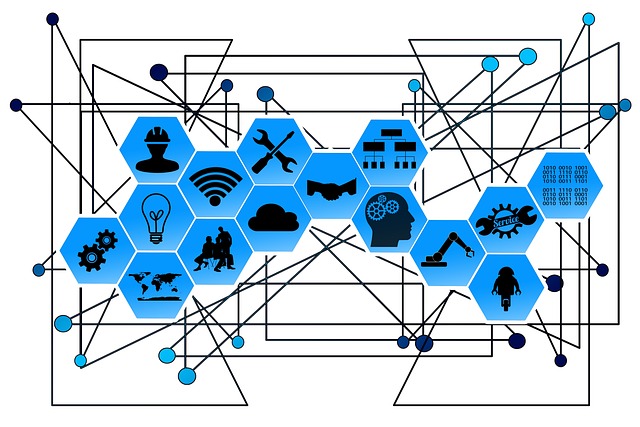Section 1: The Rise of AI Technology in the Workplace
In today’s fast-paced and competitive business landscape, the demand for increased productivity is higher than ever before. Companies are constantly looking for ways to streamline processes, reduce costs, and improve efficiency to stay ahead of the game. One of the most promising solutions to this challenge is the use of artificial intelligence (AI) technology in the workplace. AI, often referred to as the “fourth industrial revolution,” has the potential to revolutionize the way we work and has already started to make its mark in various industries.
From virtual assistants like Siri and Alexa to self-driving cars and automated customer service, AI has become an integral part of our daily lives. In the workplace, AI technology is being used to automate routine tasks, analyze data, and make informed decisions. This has not only improved productivity but has also freed up employees to focus on more complex and creative tasks. With the rapid advancements in AI technology, the potential for increasing workplace productivity is limitless.
Section 2: How AI is Increasing Productivity in Business
One of the primary ways AI is increasing productivity in business is through automation. AI-powered systems can handle repetitive and time-consuming tasks, such as data entry, scheduling, and customer service, with greater speed and accuracy than humans. This not only saves time but also reduces the risk of errors, which can be costly for businesses. For example, in the healthcare industry, AI-powered systems are being used to automate medical coding, freeing up healthcare professionals to focus on patient care.
Another way AI is boosting productivity is through data analysis. With the vast amount of data being generated every day, it has become nearly impossible for humans to analyze and make sense of it all. AI algorithms can quickly analyze large datasets, identify patterns, and make predictions, providing businesses with valuable insights to make informed decisions. This has been particularly beneficial in the financial sector, where AI is being used to detect fraud, predict market trends, and optimize investments.
Moreover, AI technology is also improving workplace productivity by enhancing collaboration and communication. With the rise of remote work and virtual teams, the need for efficient communication tools has become crucial. AI-powered chatbots and virtual assistants can facilitate communication and provide real-time support, reducing the need for back-and-forth emails and phone calls. This not only saves time but also improves the overall efficiency of team communication.
Section 3: Unlocking the Full Potential of AI Technology in the Workplace
While the benefits of AI technology in the workplace are evident, many businesses are still hesitant to fully embrace it. Some fear that AI will replace human jobs, while others are concerned about the cost and complexity of implementing AI systems. However, the key to unlocking the full potential of AI lies in understanding its limitations and using it in conjunction with human skills and expertise.
One of the biggest misconceptions about AI is that it will replace human jobs. While it is true that some jobs may become automated, AI technology also creates new job opportunities. For instance, the implementation and maintenance of AI systems require specialized skills, creating a demand for data scientists, AI engineers, and machine learning experts. Moreover, AI technology can also enhance human capabilities, allowing employees to work more efficiently and effectively.
To fully benefit from AI technology, businesses must also invest in proper training and education for their employees. As AI systems become more prevalent in the workplace, employees will need to develop new skills to work alongside them. This includes skills such as data analysis, problem-solving, and critical thinking, which are essential for collaborating with AI systems. By investing in employee training, businesses can ensure that their workforce is equipped to work seamlessly with AI technology, leading to increased productivity and efficiency.
Furthermore, businesses must also carefully consider the ethical implications of AI technology. As AI systems become more advanced, they will be making decisions that can have a significant impact on people’s lives. Therefore, it is crucial to have ethical guidelines and regulations in place to ensure that AI is used responsibly and ethically. This will not only protect businesses from potential legal and reputational risks but also build trust and confidence in AI technology.
Conclusion
In conclusion, AI technology has the potential to revolutionize workplace productivity by automating routine tasks, analyzing data, and improving communication and collaboration. By embracing AI technology and investing in employee training, businesses can unlock its full potential and stay ahead in today’s competitive market. However, it is essential to understand the limitations of AI and address ethical concerns to ensure responsible and ethical use of this powerful technology. With the right approach, AI can be a game-changer for businesses, leading to increased productivity, efficiency, and ultimately, success.

